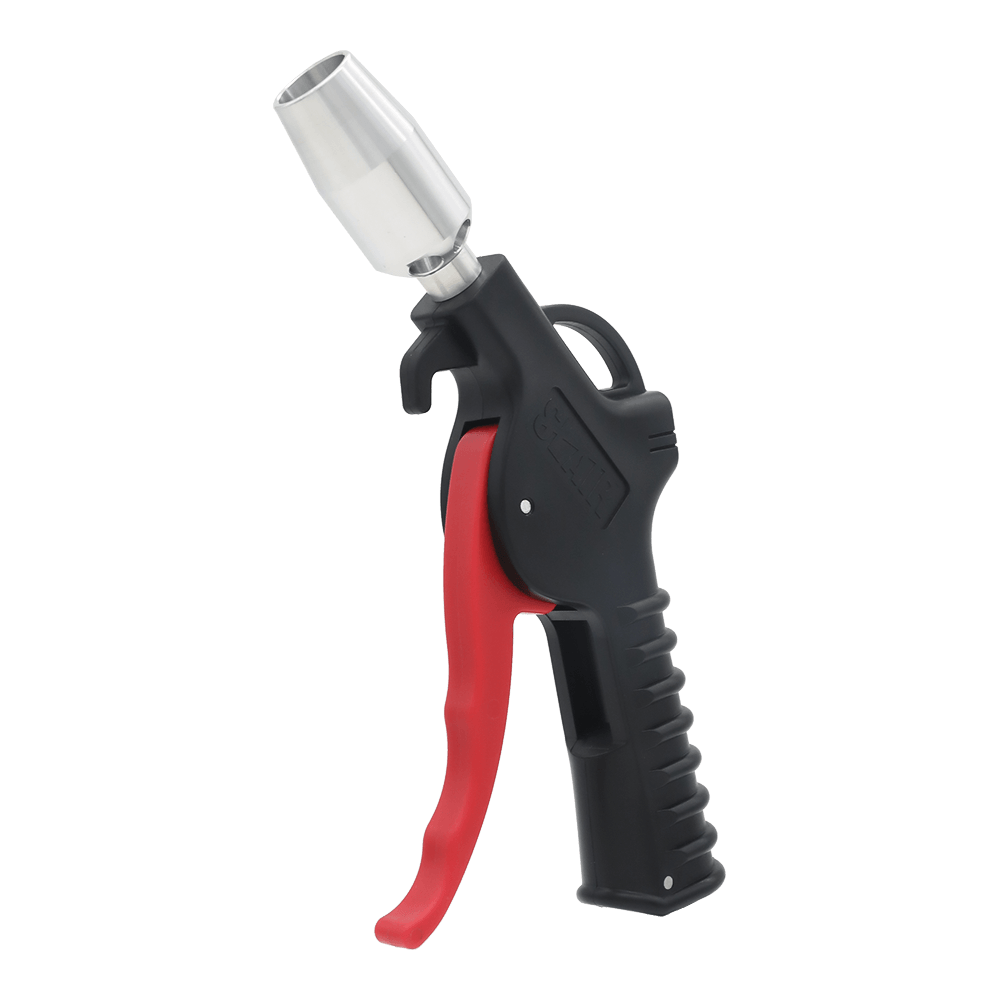Heat Dissipation: Continuous operation of an air blow gun generates substantial heat due to prolonged air compression and flow. High-quality blow guns are designed with advanced thermal management systems to dissipate heat effectively. Look for features such as heat-resistant materials and design elements that promote airflow around the gun to prevent overheating. Effective heat dissipation ensures consistent performance and prolongs the lifespan of the tool.
Build Quality and Materials: The construction material of the air blow gun plays a crucial role in its ability to withstand continuous use. Premium models are typically made from high-grade metals such as aluminum or steel, and impact-resistant plastics that are engineered to resist wear and tear. The structural integrity of these materials ensures that the blow gun can endure the stresses of high-demand applications without failing or deteriorating prematurely.
Ergonomics: Extended use of an air blow gun can lead to user fatigue if the tool is not ergonomically designed. Professional-grade blow guns feature ergonomic handles that provide a comfortable grip, reduce hand strain, and facilitate better control. Additionally, some models offer adjustable features such as handle angles or cushioned grips to enhance user comfort and reduce the risk of repetitive strain injuries during prolonged operations.
Airflow Consistency: During continuous operation, maintaining consistent airflow and pressure is critical for effective performance. High-quality air blow guns are equipped with precision-engineered components and pressure regulators that ensure steady airflow, even under sustained use. This consistency is essential for maintaining the efficiency of the blow gun and achieving reliable results throughout the task.
Component Wear and Tear: Continuous usage accelerates wear on critical components such as nozzles, seals, and triggers. Professional blow guns are designed for ease of maintenance, with replaceable parts and accessible assemblies. Regular inspection and maintenance, as guided by the manufacturer’s recommendations, are essential for ensuring that the blow gun remains operational and effective over time. Look for models with durable components and those that offer easy access to replace or service parts.
Cooling Mechanisms: Some air blow guns incorporate advanced cooling mechanisms, such as built-in ventilation channels or cooling fins, to manage the heat generated during prolonged use. These features help maintain optimal operating temperatures, thereby enhancing performance stability and extending the tool’s operational life. Assess whether the blow gun includes such cooling technologies if high-temperature management is a concern.
Pressure Regulation: Reliable pressure regulation is crucial for sustained performance. High-demand environments require blow guns that can maintain stable air pressure without significant fluctuations. Models equipped with high-quality pressure regulators and control valves ensure that the blow gun delivers consistent airflow and pressure throughout continuous use, thereby preventing performance degradation and ensuring effective operation.






 English
English 中文简体
中文简体 русский
русский Deutsch
Deutsch Português
Português Español
Español
















